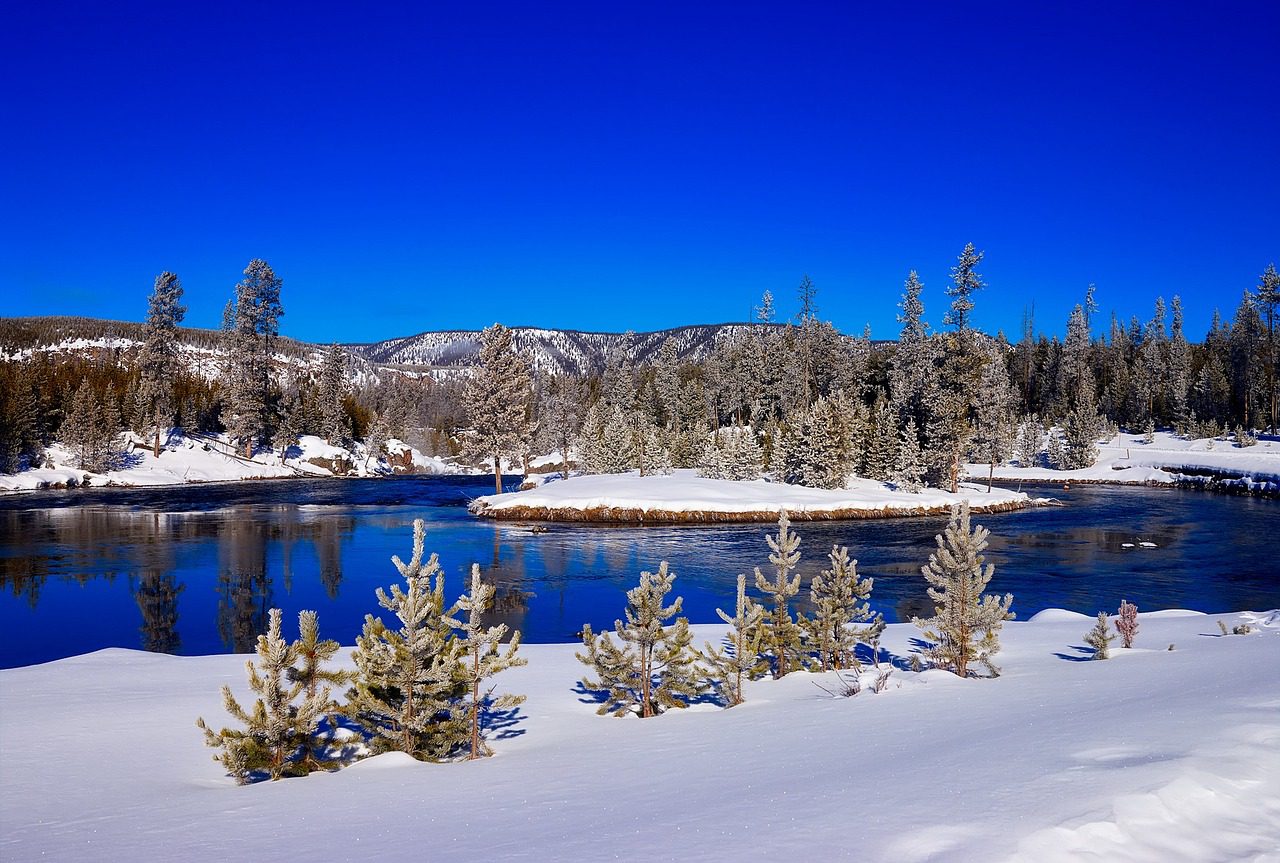February 17, 2023 – The U.S. Department of Agriculture released its “Western Water and Working Lands Framework for Conservation Action ” on Monday to identify strategies that will guide the Natural Resources Conservation Service (NRCS) investments in helping agricultural producers and communities dealing with threats to their water supplies.
” on Monday to identify strategies that will guide the Natural Resources Conservation Service (NRCS) investments in helping agricultural producers and communities dealing with threats to their water supplies.
Thirteen strategies were identified to help build resilience to climate-change impacts such as droughts, wildfires and floods. Many of the resilience-focused activities and systems are also “Climate Smart Agriculture and Forestry mitigation activities,” which support carbon sequestration or greenhouse gas emissions reductions. Climate-smart mitigation activities are supported by the additional investments available from the Inflation Reduction Act. As part of the Western Water and Working Lands Framework, USDA is also announcing and highlighting other drought focused investments, including the WaterSMART Initiative.
In the framework (PDF link ), NRCS identifies six major water and land resource management challenges, guidelines for identifying vulnerable agricultural landscapes and 13 strategies for NRCS leaders in western states to use now to collaborate with partners, water resource managers and producers. The goal is to help secure clean and available water supplies, healthy soils, resilient landscapes and thriving agricultural communities, now and in the future.
), NRCS identifies six major water and land resource management challenges, guidelines for identifying vulnerable agricultural landscapes and 13 strategies for NRCS leaders in western states to use now to collaborate with partners, water resource managers and producers. The goal is to help secure clean and available water supplies, healthy soils, resilient landscapes and thriving agricultural communities, now and in the future.
The framework identifies the following challenges resulting from threats to water supply in the West:
resulting from threats to water supply in the West:
- Forecasting water supply.
- Sustaining agricultural productivity.
- Protecting groundwater availability.
- Protecting surface water availability.
- Managing and restoring rangelands and forestland.
- Responding to disruptions from catastrophic events.
Strategies  to help individuals, entities, and communities respond to the management challenges include:
to help individuals, entities, and communities respond to the management challenges include:
- Improve reliability of water supply forecasts.
- Improve soil moisture and irrigation water management.
- Improve water and nutrient management in crop fields and pastures.
- Modernize water infrastructure.
- Improve community water supply by completing watershed projects.
- Increase reuse of wastewater for agriculture and conservation.
- Prolong aquifer life.
- Complete managed aquifer recharge projects.
- Reduce surface water withdrawals.
- Install conservation systems that protect water quality.
- Restore and protect streams and wetlands.
- Manage and restore rangelands and forestlands.
- Increase resilience during disaster recovery.


Leave a Reply